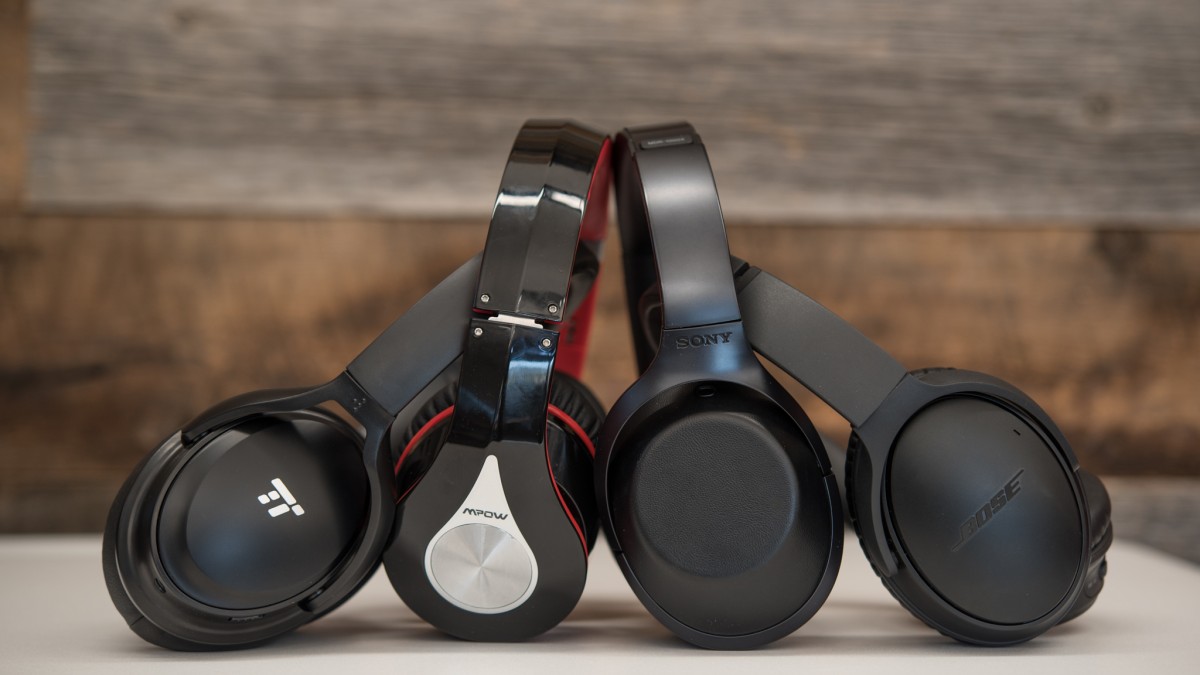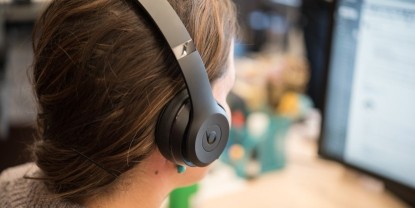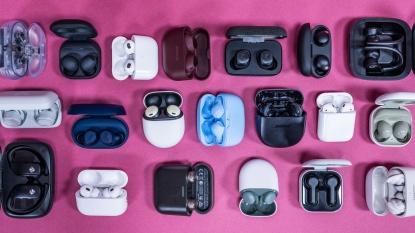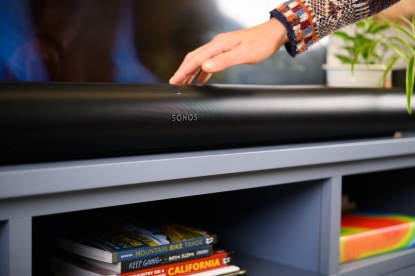A pair of the best wireless headphones can turn almost any space into your own personal bubble of music (or silence). However, wireless headphones also vary widely in price, and it can be hard to tell whether it's worth spending top dollar or not. We've compiled a step by step guide, along with descriptions of some of the technology that makes its way into many wireless headphones, so you can decide which features you're willing to pay for and which you aren't.
Choosing the Right Wireless Headphones
Step 1: How Much Do You Care About Sound Quality
In general, we've found that paying more for wireless headphones leads to better sound quality, with some small exceptions. If you really want amazing clarity and resonant bass, you'll have to spend $300+ on a high-end Bose or Sony model. If you're ok with sound quality that is just good rather than exceptional, you can get away with a sub $100 pair, as long as you choose the right pair of headphones (there are many poor options in this price range as well). If you're not fussy with sound quality at all (for example, you've always been more than satisfied with the white earbuds that come with an iPhone) you can go even cheaper.
Step 2: Do You Need Noise Cancellation?
Active noise cancellation actually listens to the sound that has made its way through your headphones (via external microphones), and emits the exact opposite sound, effectively cancelling it out. This can both block out much more ambient noise than headphones without this feature, and can make music sound much better because there is less ambient noise muddying it up. Again, this is a feature that will add cost to your headphones, so you'll have to decide if it's worth the extra cost.
When is noise cancellation worth it? For one, when you're after the best listening experience possible. It's amazing how much better music sounds once you flip that noise cancellation switch. Also, if you're looking to drown out ambient noise so you can focus, active noise cancellation can be a life saver. This applies to those looking to get work done in a crowded cafe or office, and those looking to take in a museum without being distracted by all the kids on their school field trip. However, if you're not too sensitive to noise, a pair of headphones without active noise cancellation may give you enough of a physical sound barrier to avoid distraction.
Step 3: Consider Comfort
You're likely to wear your favorite wireless headphones for hours at a time, so you'll want to make sure they're comfortable. If you have larger ears, you'll want to make sure you get headphones that can accommodate them. Our comfort scores are a good guide for this, but if you can manage to try them on before you buy that's even better, as everyone's ears are a bit different.
What is Active Noise Cancellation?
We all know that sound travels in the form of waves. Active noise cancellation takes advantage of that characteristic by emitting opposite waves in order to drown out the noise. Every pair of noise cancelling headphones has a small microphone (or, microphones) located either on the outside or inside of the earcup that listens to all of the outside noise that has managed to penetrate the headphones themselves. It analyzes this sound and instantly emits an opposite sound wave that cancels those sounds out. This is an imperfect technology: not even the best noise cancelling headphones will be able to eliminate 100% of ambient noise. However, they can greatly reduce the ambient noise you hear, both decreasing distractions and vastly improving the sound quality of the music you're listening to.
When Does Active Noise Cancelling Excel?
Active noise cancellation is great at eliminating what might be called background din: car and airplane engines, humming refrigerators, and background conversations happening more than 10 feet away.
When Does Active Noise Cancellation Trip Up?
Active noise cancellation isn't as effective for what you might call acute noise. This would include sudden bangs and conversations happening within ~10 feet of you. All of these sounds will still be very muffled and not nearly as loud as they would be normally. In fact, with a good pair of noise cancelling headphones you likely won't even be able to understand someone that is talking right next to you, you'll just know that they're saying something.








